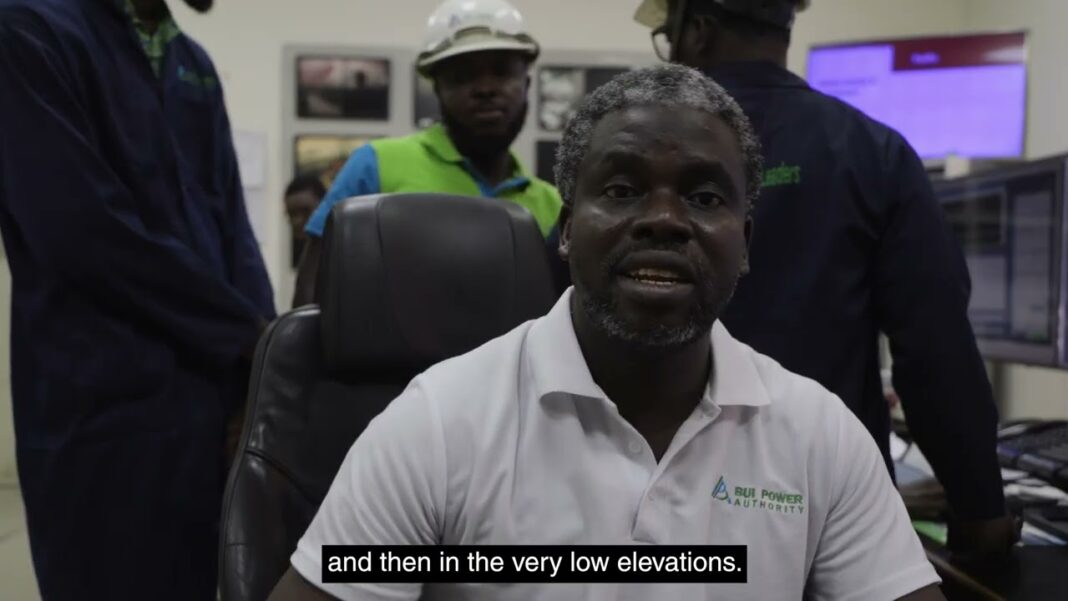The Bui Power Authority (BPA) hydro-solar hybrid power plant in Ghana has significantly boosted its operational management services and improved its critical communications capacities through the implementation of an evolved Long Term Evolution (eLTE) broadband network provided by Huawei Technologies.
Huawei explained that one of the main challenges of the project was the fact that the hydropower station is located in a remote mountainous area, with a main dam of 110 meters high. “There are underground operation area of the dam, photovoltaic electric field, two administrative office areas and one employee living area in the site. Due to the complex terrain and sparse population, carriers’ private lines can only be connected to office areas to ensure the return on investment. In high-risk scenarios such as underground operation areas, there is no network coverage. This poses challenges to personnel safety and routine maintenance,” Huawei said.
In addition, Huawei said its solution supports the smooth evolution of the hydropower station to a safe, efficient, and intelligent power production system, supporting the rapid expansion of innovative solutions such as intelligent water level detection and intelligent flow detection in the future.
During the recent inauguration of a broadband private network built by Huawei for Bui Power Authority’s generating plant, Ghanaian Energy Minister, Matthew Opoku Prempeh, underscored the importance of ICT systems in providing intelligent energy management critical for ensuring efficient power generation, power plant operations and power distribution.
“As Ghana is striding towards achieving universal electricity access by 2025, it is important for us to unleash the transformational power of ICT in optimizing the operations at power plants, increasing the efficiency of renewable energy use and ensuring a stable and cost-effective electricity supply to many more households nationwide,” the minister said.
Huawei and Bui Power Authority have built an eLTE broadband private network that connects the concrete walls and other infrastructure at Bui Power plant in Ghana. Huawei said this deployment marked the first time the vendor had installed its eLTE-based solution in the hydroelectric industry. Huawei explained that the network, which carries voice, video and data services, enables instant communication between the control room of the hydropower facility and maintenance staff moving around the plant. The network also covers, without extensive cabling and installation, both indoor and outdoor working areas, including roadways inside the dam, generator rooms and employee living areas near the plant.
Huawei also highlighted that the new network includes features like “push-to-talk” and group calls for both voice and video. Also, the private network has the capability to facilitate routine maintenance and handling of emergencies through a more efficient process at the power plant, according to Huawei.
A Huawei engineer explained that the staff at the Bui Power plant can now communicate via video call to fix maintenance challenges in record time, adding that building modern networks such this eLTE solution also provides capacity for growth, enabling intelligent digital transformation of the site in the future.
Huawei also noted that its industry eLTE private network solution provides industrial customers with a comprehensive network that integrates wireless broadband access, trunking service, SCADA data transmission as well as and video viewing functions, helping customers improve efficiency, reduce costs and achieve digital transformation.
“Staff can carry professional large-screen terminals to go deep into each area of the hydropower station and use professional cluster technology to respond to each other, reduce communication costs, greatly improve work efficiency, and improve the command and dispatch capability of the security team. In the event of an emergency, visual communication methods can be provided for the emergency site,” Huawei said.
The company also noted that its eLTE solution can effectively reduce the customer’s investment, as it only needs one LTE network to provide voice, video and data transmission services.
Through this deployment, frontline personnel can link with the command center in real time, effectively improving emergency command efficiency and quick response capabilities, Huawei added.




